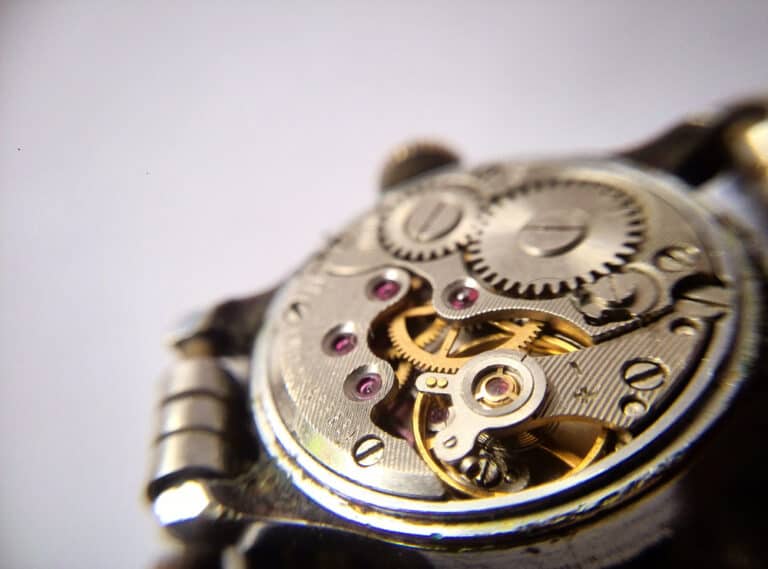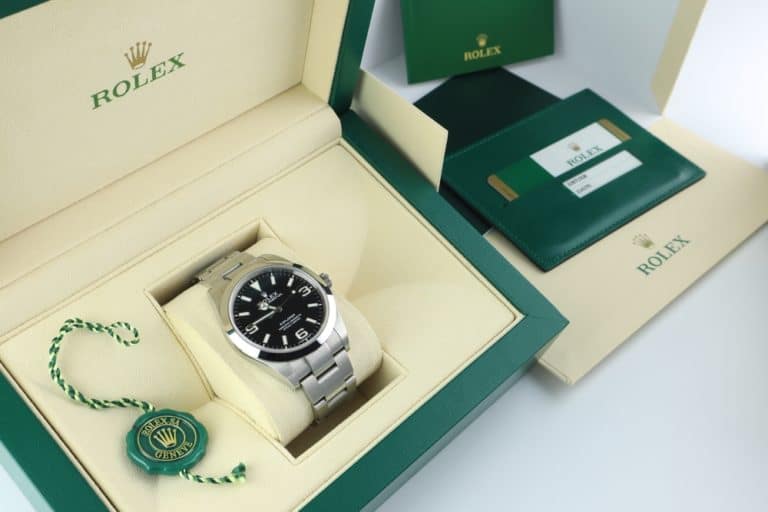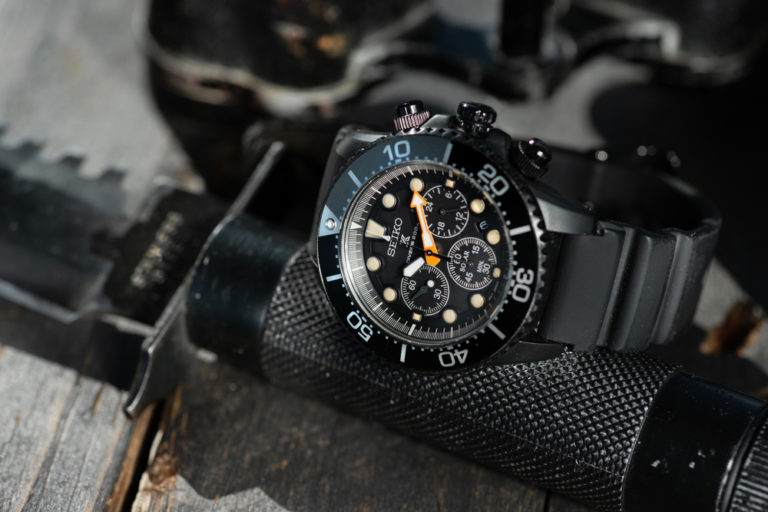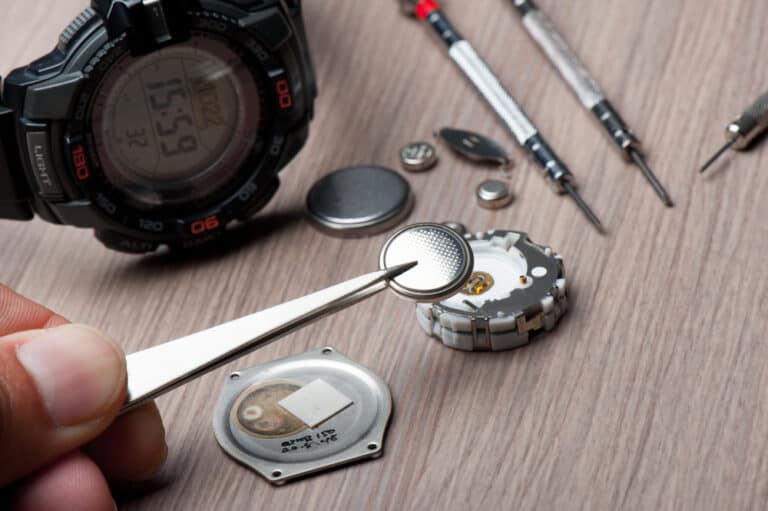Automatic watches are wonderful little machines. These watches are intricate and fascinating, and the way they work is a marvel of engineering. There are no other watches like them, and they are the delight f most watch collectors. However, many new automatic mechanical watch owners wonder how often an automatic watch should be wound to keep it functioning well.
Automatic watches can last for months without needing to be wound if the watch is worn every day. The movement of the arm and wrist while wearing the watch will keep it functioning well. If the watch is not worn every day, it may need to be wound 30 – 50 every time it is worn.
There are several watch brands and watch types out there, and each of them is different, but there are some generally applicable rules that can be used when winding an automatic watch that is applicable to almost all watch types. Let’s explore the winding of automatic watches to find out how often it should be done, as well as answer some other common automatic watch winding questions.
How Often Do Automatic Watches Need To Be Wound?
Automatic watches are a favorite among collectors and hobbyists alike, but there are many questions that new automatic watch owners need answers to. Among the most commonly asked of these questions is how often an automatic watch needs to be wound.
The truth is that how often a mechanical watch needs to be wound is determined by how long the watch can last on mechanical tension alone and how often you wear the watch.
Automatic mechanical watches receive the power they need from kinetic energy. As the watch is moved, a small rotor in the back of the watch is manipulated to slowly wind the spring that powers the watch. This means that most automatic watches will run well as long as you keep wearing them often.
The motion of moving around with the watch on your wrist is plenty to keep the watch functional as these normal movements keep the watch wound. However, this is not enough to keep the watch functional at all times. When the watch is taken off, it will eventually run out of energy and stop working until it is manually wound and worn again.
This means that the amount of time the watch can function without being moved and how often you wear the watch determines how often it needs to be wound.
Mot automatic mechanical watches can last for 30 – 40 hours without movement, which means that if you take the watch off every night and put it back on every morning, you are likely to go for months without needing to wind watch at all.
However, if you cycle through multiple watches, your automatic watch will stop working after it runs out of energy while it is not worn. This means that if you cycle through several watches, you may need to wind the automatic watch every time you wear it.
If an automatic mechanical watch is worn every day, it will only need to be wound every few months. If an automatic watch is worn infrequently, it may need to be charged every time it is worn.
How Many Times Should You Wind An Automatic Watch?
If you find your automatic watch to be non-functional after a period of not wearing it, it likely needs to be wound in order to restart. This is an important process that must be done before the watch can be used, and many wonder how many times an automatic watch should be wound to restart it.
Automatic watches need to be wound 30 – 50 times in order to function well and maintain the energy that they need to function well.
The exact number of times that the crown must be wound to fully wind the watch depends on the brand, but most experts say that aiming for 30 and winding further if necessary is the best way to do it, especially on a watch that you are unfamiliar with.
An automatic watch is fully wound when you feel resistance when winding the crown. Keep winding the crown until you feel this resistance, and the spring will push against the crown, letting you know that there is enough tension to keep the watch functional.
After this, put the watch on your wrist, and the natural movement of your arm throughout the day should keep the watch optimally wound for a long time, so long as you wear it often.
Can You Overwind An Automatic Watch?
Another important question that automatic watch owners ask is whether or not you can overwind an automatic watch.
The good news is that it is impossible to overwind most automatic mechanical watches. Modern automatic mechanical watches are equipped with a safety mechanism that releases some of the spring tension if the watch is wound too much.
When the tension is released, only some of the spring is loosed, which keeps the watch close to fully wound even if some of the tension is let go.
This means that even if you wind the watch far too many times, it will not overwind, and the watch will be wound up enough to function normally. However, it is better not to overwind the watch at all, so always stop winding when you feel the tension in the winding mechanism.

Do All Automatic Watches Require Manually Winding?
Automatic watches usually need to be manually wound when they are not ticking, but is this the case for all automatic mechanical watches?
There are some automatic mechanical watches that do not have a crown and cannot be wound manually. In this instance, the watch is usually wound by gently swaying or shaking the watch from side to side until the rotor within the watch is able to wind the spring enough for the watch to function.
These watches typically have a very sensitive winding rotor mechanism and will function very well on the energy supplied by normal arm movements when the watch is worn.
If an automatic mechanical watch has to crown with which to manually wind the watch, this is usually the method that is required to restart the watch.
Conclusion
At the end of it, automatic mechanical watches do not need to be wound very often if they are worn. If the watch is not worn or used for a long time, or even if it is not worn or used for a few days, it is likely that the watch will need to be wound before it functions well.
Always wind your automatic watch if it is not ticking, and stop winding when you feel significant resistance in the crown. This may take 30 – 50 winds depending on the model, but if you keep wearing the watch, you will not need to wind it again for a long time.







